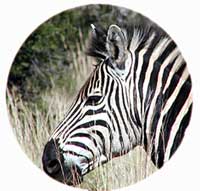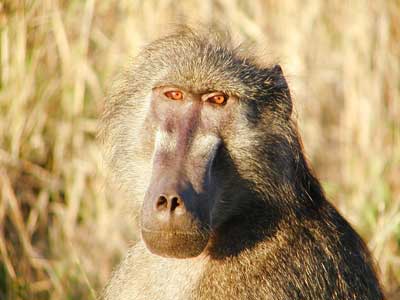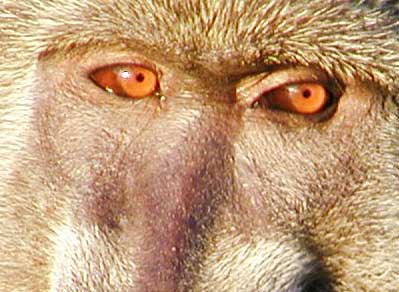Contact Details: Scotch Macaskill, Dirt Road Traders, Currys Post Road, Howick, KwaZulu-Natal, South Africa. Tel: +27 (0)82 578 2329. Privacy: Your privacy is guaranteed. See our Privacy Policy for more. This site accepts advertising and other forms of compensation - see Disclosure and Advertising for details. Site updated: 2022. Copyright © 2002 - 2022 Scotch Macaskill

| ||||||||||
|
||||||||||
|
SEE ALL |
Affordable Wildlife PhotographyMost of the time you'll need a long lens to get good wildlife pictures. A top quality telephoto lens is expensive, but a new breed of digital camera, fitted with 12x, 24x, and even 50x "superzoom" lenses, is making wildlife photography much more affordable.Of course you might occasionally be lucky and find a pride of lions or a leopard close enough to the road to use a standard lens (50mm) or short telephoto (80mm). Generally though, wild animals are not that obliging. Your subject, say a group of zebra, could be 500m away. Looking through a good pair of binoculars, you can focus on each animal and clearly see the difference in stripe patterns and other fascinating details. You want a record of this, so you grab your camera and take a couple of shots. In the African bush, under a blue sky, and with the binocular view still in your mind, you don't even notice that the zebra only fill part of the frame and are not well positioned. Only later, when your photographs are processed, is it obvious that the group was too far away to make a good picture. It's a record, but not what you saw through the binoculars and what you remember, so you'll likely be disappointed.
If, instead of using a 35mm - 80mm zoom lens, you'd had a tele lens of around 300mm, you could have captured a close-up of the zebra's head with the natural bush providing a pleasing, out-of-focus background. But a good 300mm lens, with a maximum aperture of F/4, is not cheap. A Canon lens of these specs, with image stabilisation, costs around $1,200. An alternative is a 70mm - 300mm zoom, but here you will usually have a maximum aperture of F/5.6. This means shooting at a slower shutter speed and a greater chance of blurred pictures from camera shake. Bear in mind also that these lenses, combined with your 35mm camera body, are fairly heavy and bulky. A very satisfactory but underrated alternative to this traditional set-up is a digital camera with a powerful zoom lens. Before upgrading to Canon digital SLR equipment, I used an Olympus C-2100 UZ digital camera. It's only a 2.1 megapixel camera, but has an excellent x10 zoom lens. This equates to a 38 - 380mm lens, plus it is image-stabilised, so allows hand-holding at slower shutter speeds. Below is a picture of a baboon taken in the Kruger National Park. It's been reduced from 1600 x 1200 pixels to 400 x 300, but otherwise unretouched. The shutter speed was 1/320, aperture F/3.2 and the lens was zoomed to 317mm.
Here's a crop of the same picture, shown actual size.
There are a number of digicams available today with 24x or more zoom lenses, which at their maximum zoom range will give you about the magnification you'd get with a 600mm (or more) lens on a normal 35mm camera. The advantages of these cameras are:
Although Olympus originally provided the widest choice in this category of digital camera, many other manufacturers now offer similar models, proving just how popular these cameras have become. New models appear so frequently that it's difficult to keep up to date. See these articles for more info on superzoom cameras:
Return to Photo Info page for more photography articles. |
|||||||||
|
|
||||||||||



